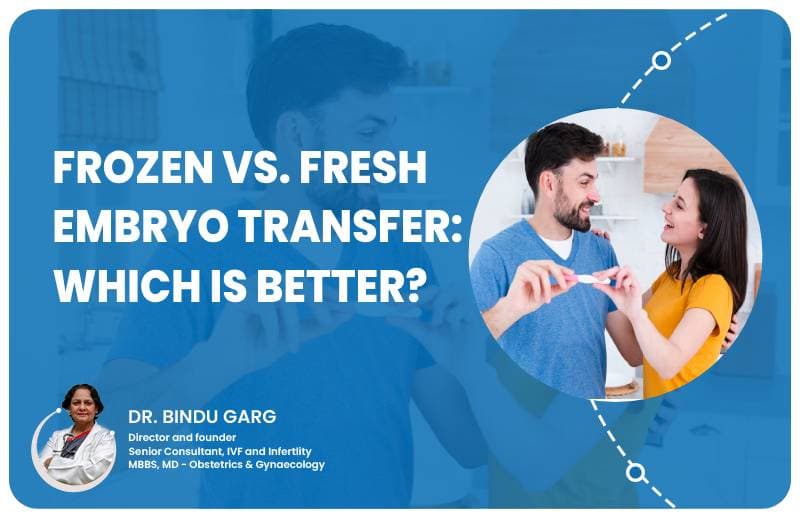1st IVF Baby in Gurgaon
In 2003, Dr. Bindu Garg created history by becoming the first IVF doctor to successfully deliver the first IVF baby in Gurgaon at her own hospital.
Achieved "Haryana Ratan"
In 2013, Dr. Bindu Garg was awarded the Haryana Ratan Award by the All India Conference of Intellectuals for her outstanding work in the field of reproductive health.
42+ Years Experience
Dr. Bindu Garg has 42+ years of experience in the fields of reproductive health, fertility, obstetrics-gynecology, and IVF (In vitro Fertilization).
20000+ Babies Delivered
Over the last 42 years, she has helped deliver more than 20000 babies through normal delivery, C-section, and IVF procedures, the highest by doctor in North India.













